Install Steam
login
|
language
简体中文 (Simplified Chinese)
繁體中文 (Traditional Chinese)
日本語 (Japanese)
한국어 (Korean)
ไทย (Thai)
Български (Bulgarian)
Čeština (Czech)
Dansk (Danish)
Deutsch (German)
Español - España (Spanish - Spain)
Español - Latinoamérica (Spanish - Latin America)
Ελληνικά (Greek)
Français (French)
Italiano (Italian)
Bahasa Indonesia (Indonesian)
Magyar (Hungarian)
Nederlands (Dutch)
Norsk (Norwegian)
Polski (Polish)
Português (Portuguese - Portugal)
Português - Brasil (Portuguese - Brazil)
Română (Romanian)
Русский (Russian)
Suomi (Finnish)
Svenska (Swedish)
Türkçe (Turkish)
Tiếng Việt (Vietnamese)
Українська (Ukrainian)
Report a translation problem




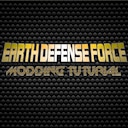
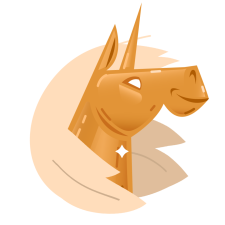

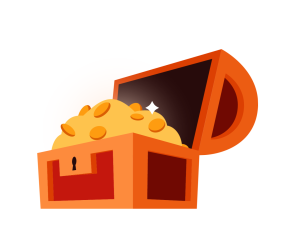



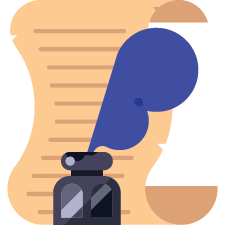





























I believe it's hard-coded in the game's EXE. Last I checked we can't edit that, sorry
on Plasma Core Equipment
Range = AmmoAlive x AmmoSpeed
AmmoAlive is the number of frames something exists for. AmmoSpeed is meters the bullet travels per frame.
In the case of the PA-11, it has an AmmoAlive of 58 (frames) and an AmmoSpeed of 4, so its total range is: 58 x 4 = 232m
@Maybe Birb
but this is already possible, I just need to download a different version of sgott, thank you sir for providing guidance and providing information that I asked about this.
@Maybe Birb
Is this with EDF 5 or EDF 6? 6 requires a new program.
If it's still with 5, I'd say treat EDF Tools (the one for RABs and MRABs) as if it was Sgott, it also has SGO compatibility
Maybe this is a software error or something?
@Maybe Birb
This probably means something was formatted wrong, like if you accidentally changed AmmoAlive to AmoAliv or something like that. If it's unwilling to convert things back but still clearly works, the best thing to do is just get a fresh/clean version of the file and start over, maybe using the old one as a reference.
(I forget if SGOs have brackets, but if you accidentally deleted or added a bracket, that'd also do it)